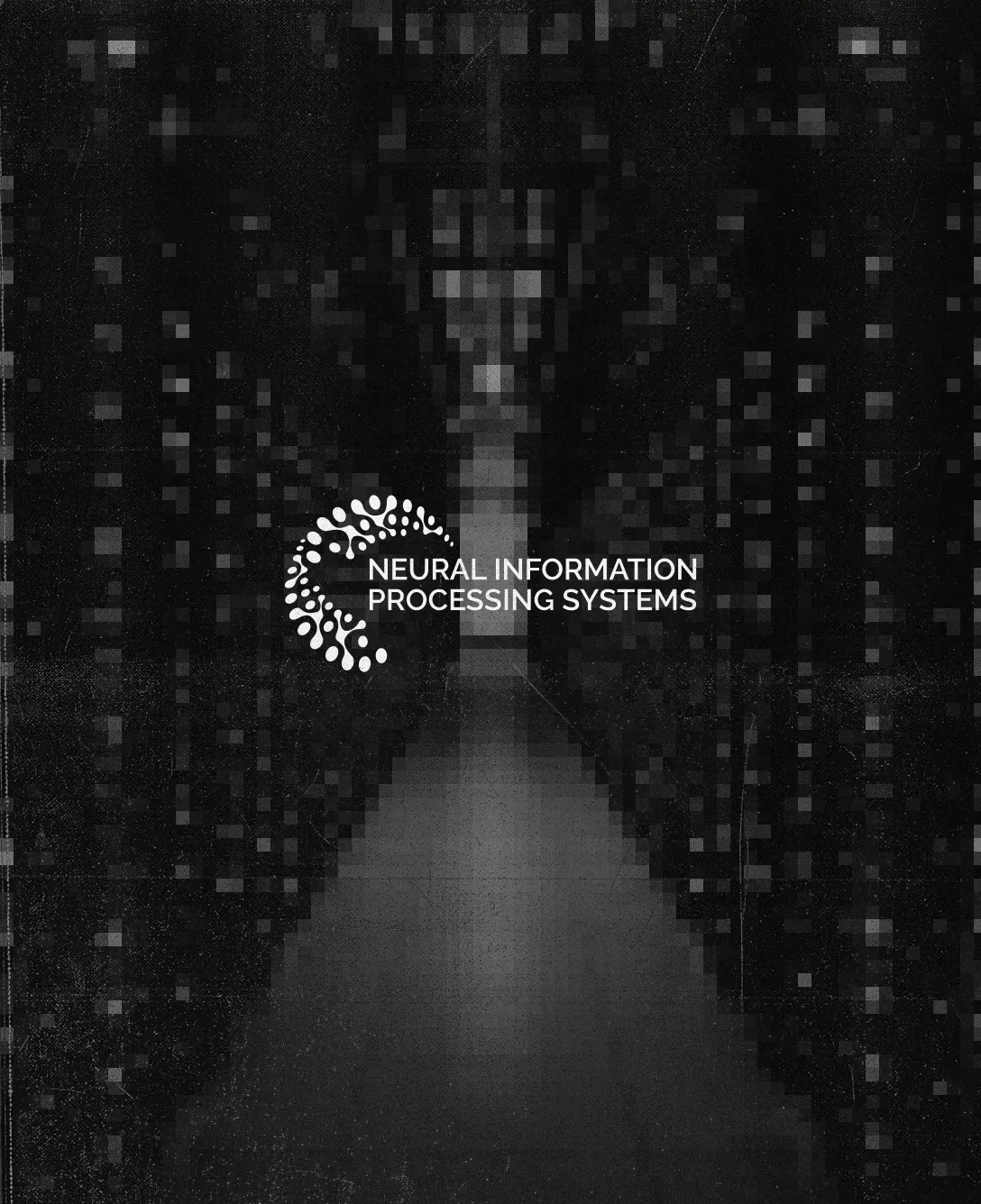
Early exercise
This article will review the “early exercise” mechanic of stock options. You can find more general information about stock options here.
“Early Exercise” rights are an exception to the rule that you can only exercise vested options. If an option grant includes the right to early exercise, that means the optionholder can exercise unvested options into stock as well as vested options. That is, they don’t have to wait for their options to vest before exercising them into stock. If the company wants to give a particular option grant the right to early exercise, the company’s Board of Directors must approve it in advance.
Early exercise rights are pretty rare, and usually only given to executives and other key hires who specifically negotiate for it.
So, why would you want to exercise an option before it vests? Well, most of it has to do with taxes. At the moment you exercise options into stock, you start your capital gains holding period. You’d also likely owe little or no tax upon exercise, since presumably there hasn’t been much (or any) increase of the option’s value between its grant and its exercise*. Lastly, stock has rights (e.g. voting rights) that options don’t.
If the plan is for someone to early exercise their options, it’s better to grant them an NSO - this avoids a 2-year holding requirement that applies to ISOs. Also, giving someone an early-exercisable ISO can implicate the “$100,000 ISO limitation,” which we won’t detail here but which is worth discussing with your counsel if you’re considering giving someone early exercise rights. The potential grantee should also discuss with their personal tax preparer, who may have advice regarding whether it’s better for their personal tax situation to receive an ISO or an NSO. Offering early exercise rights can sometimes be more trouble than it’s worth, since tax treatment and other nuances can get very complex for both the company and the grantee.
Lastly, here’s an example in order to help you conceptualize how an early exercise right works:
- You receive a grant of 48,000 stock option shares, subject to equal monthly vesting over 4 years (with no cliff). So, 1,000 of your options vest after each month of your service to the company over the next 4 years. Normally, you could only exercise options that were already vested - so, after 1 year, you’d only be allowed to exercise up to 12,000 options into stock. The remaining 36,000 options would still be unvested and therefore not yet exercisable. BUT, if you had early exercise rights, you could exercise all of your options on Day 1 immediately after receiving them, and therefore turn them all into stock. Note that that stock would still be subject to the same vesting schedule as it would have been if it were still options. This is important to remember, because stock that’s subject to vesting is eligible for an 83(b) election.
*NOTE: We're not getting into tax-related details in this article. If you're considering early-exercising an option, talk to your personal tax advisor first to make sure you understand all the moving pieces here.



